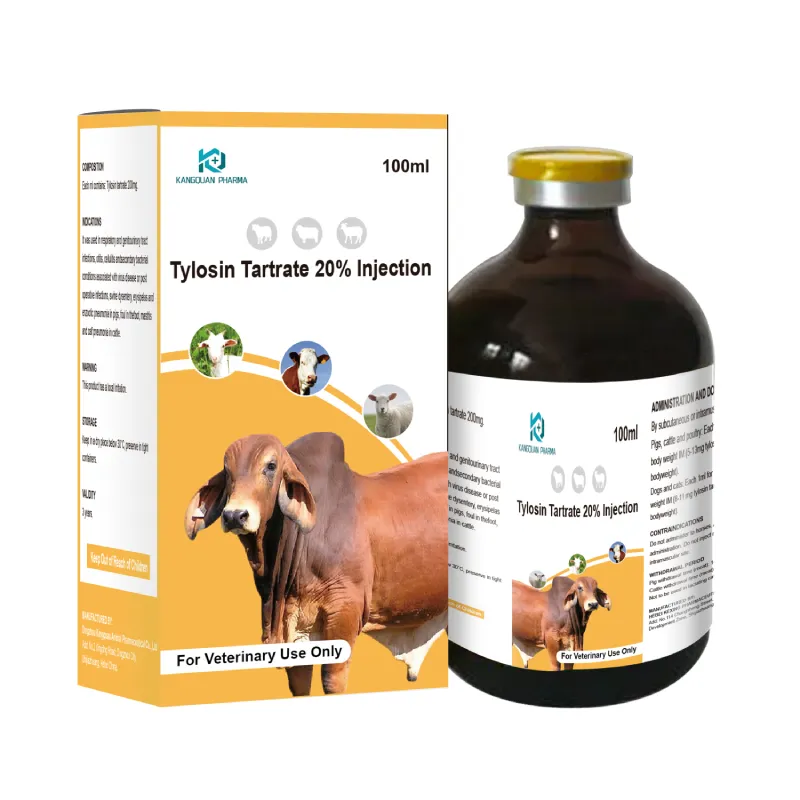- Afrikaans
- Albanian
- Amharic
- Arabic
- Armenian
- Azerbaijani
- Basque
- Belarusian
- Bengali
- Bosnian
- Bulgarian
- Catalan
- Cebuano
- Corsican
- Croatian
- Czech
- Danish
- Dutch
- English
- Esperanto
- Estonian
- Finnish
- French
- Frisian
- Galician
- Georgian
- German
- Greek
- Gujarati
- Haitian Creole
- hausa
- hawaiian
- Hebrew
- Hindi
- Miao
- Hungarian
- Icelandic
- igbo
- Indonesian
- irish
- Italian
- Japanese
- Javanese
- Kannada
- kazakh
- Khmer
- Rwandese
- Korean
- Kurdish
- Kyrgyz
- Lao
- Latin
- Latvian
- Lithuanian
- Luxembourgish
- Macedonian
- Malgashi
- Malay
- Malayalam
- Maltese
- Maori
- Marathi
- Mongolian
- Myanmar
- Nepali
- Norwegian
- Norwegian
- Occitan
- Pashto
- Persian
- Polish
- Portuguese
- Punjabi
- Romanian
- Russian
- Samoan
- Scottish Gaelic
- Serbian
- Sesotho
- Shona
- Sindhi
- Sinhala
- Slovak
- Slovenian
- Somali
- Spanish
- Sundanese
- Swahili
- Swedish
- Tagalog
- Tajik
- Tamil
- Tatar
- Telugu
- Thai
- Turkish
- Turkmen
- Ukrainian
- Urdu
- Uighur
- Uzbek
- Vietnamese
- Welsh
- Bantu
- Yiddish
- Yoruba
- Zulu
9 月 . 24, 2024 21:22 Back to list
Amoxicillin Injection Use and Benefits for Veterinary Medicine and Animal Health Care
Amoxicillin Injection for Animals Uses, Benefits, and Considerations
Amoxicillin is a widely used antibiotic in veterinary medicine, known for its effectiveness against a variety of bacterial infections in animals. As a member of the penicillin family, amoxicillin works by inhibiting the synthesis of bacterial cell walls, ultimately leading to the death of the bacteria. This makes it an essential tool in the treatment of numerous infections in pets and livestock, and its injectable form allows for quicker absorption and more immediate impact.
Uses of Amoxicillin in Veterinary Practice
Amoxicillin is commonly employed in treating respiratory infections, urinary tract infections, skin infections, and gastrointestinal infections in animals. For instance, in dogs and cats, it can be prescribed to combat conditions such as kennel cough, pyoderma, and bladder infections. In larger animals, such as cattle and horses, it can be used to treat pneumonia, metritis, and various wound infections. The versatility of amoxicillin makes it a staple in the veterinarians' toolkit, addressing both common and complicated infections.
Advantages of Injectable Form
One of the primary benefits of using amoxicillin in injection form is its rapid onset of action. When injected, the antibiotic quickly enters the bloodstream, ensuring that therapeutic levels are reached more swiftly than oral formulations. This can be particularly advantageous in cases of severe infection where a prompt response is critical. Additionally, for animals that may have difficulty taking oral medication due to nausea or other conditions, an injection bypasses the gastrointestinal tract altogether, ensuring consistent drug delivery.
Dosage and Administration
amoxicillin injection for animals

The dosage of amoxicillin for animals varies based on factors such as species, weight, and the severity of the infection. A veterinarian will determine the appropriate dosage and administration schedule. It is crucial to follow the veterinarian’s instructions carefully to avoid underdosing or overdosing, which can lead to ineffective treatment or increased risk of side effects.
Considerations and Side Effects
While amoxicillin is generally considered safe for animal use, there are some considerations to keep in mind. Allergic reactions can occur, particularly in animals with a known sensitivity to penicillin. Signs of an allergic reaction may include vomiting, diarrhea, or difficulty breathing. It is essential for pet owners to monitor their animals closely after administering the injection.
Moreover, the overuse of antibiotics, including amoxicillin, poses a risk of contributing to antibiotic resistance. Therefore, it is vital to use this medication judiciously and only when prescribed by a qualified veterinarian. Completing the full course of treatment, even if symptoms improve, is also necessary to ensure all bacteria are eliminated and to prevent the development of resistant strains.
Conclusion
Amoxicillin injection is a valuable tool in veterinary medicine, providing effective treatment for a wide range of bacterial infections in animals. By understanding its uses, benefits, and potential risks, pet owners can work closely with their veterinarians to ensure the best care for their animals, promoting a swift recovery and overall health.
-
The Power of Radix Isatidis Extract for Your Health and Wellness
NewsOct.29,2024
-
Neomycin Sulfate Soluble Powder: A Versatile Solution for Pet Health
NewsOct.29,2024
-
Lincomycin Hydrochloride Soluble Powder – The Essential Solution
NewsOct.29,2024
-
Garamycin Gentamicin Sulfate for Effective Infection Control
NewsOct.29,2024
-
Doxycycline Hyclate Soluble Powder: Your Antibiotic Needs
NewsOct.29,2024
-
Tilmicosin Premix: The Ultimate Solution for Poultry Health
NewsOct.29,2024













